Shrimp + silk = plastic revolution
The minds at the Wyss Institute at Harvard have developed the world’s first 100% biodegradable plastic intended for mass production. They call it Shrilk, because it is made from shrimp shells and silk protein. The potential for replacing plastic is already staggering, but the truly revolutionary applications are in the medical field.
Shrilk can be used to create implantable structures that can enhance the healing of wounds or regrowing tissue. It can also serve the same purpose when it comes to shaping vat grown meat, for example, so a steak from a lab can look, feel, and taste identical to the same cut from a real cow. While there are other bioplastics available, Shrilk looks to be the first one able to hold complex three-dimensional shapes, and that’s what makes to so promising.
Photos by Katherine Fawsett
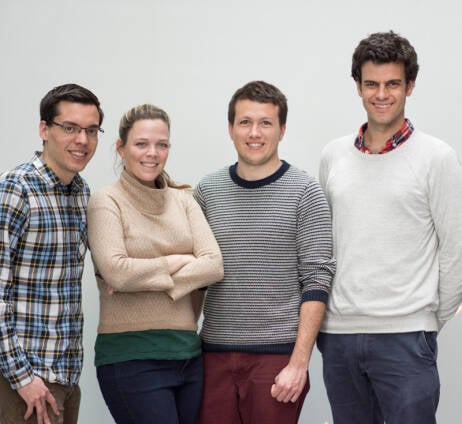
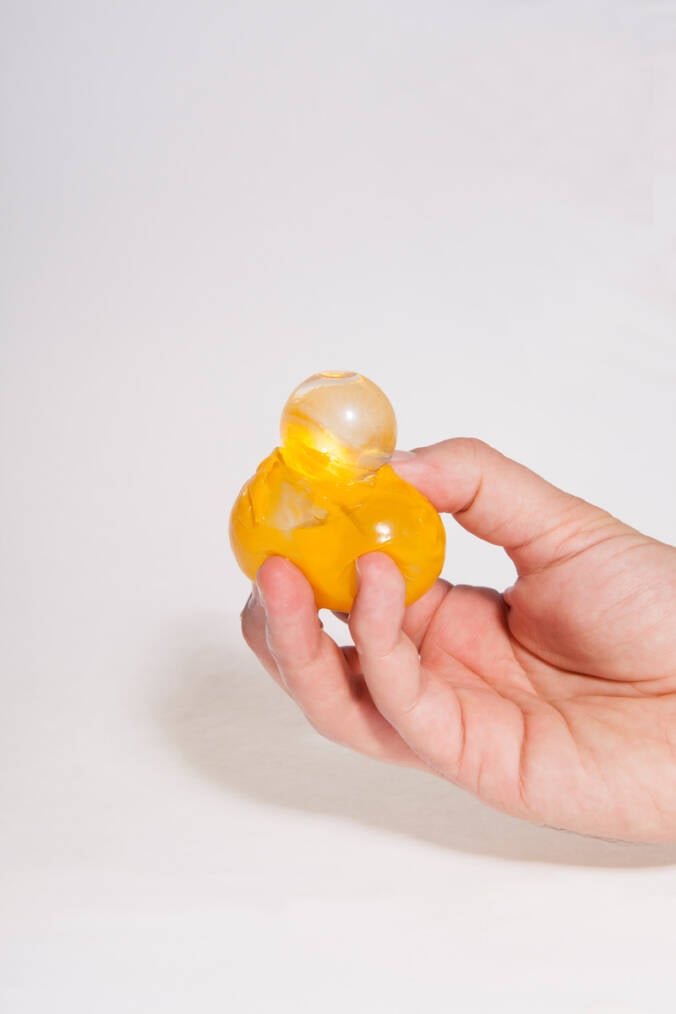
Eat your water
Plastic is a problem, and just getting rid of straws won’t get us where we want to go. The Skipping Rocks Lab have devised a solution that they think will go a lot further. If nothing else, it catches the eye. The Ooho! is an edible water bottle. Or rather, a bulb. Made out of plants and seaweed, biodegradable, and edible, the Ooho is cheaper than plastic and uses nine times less energy than traditional PET bottles. Sure, it looks weird now, but in the future, we wouldn’t be surprised to see this become a new standard.
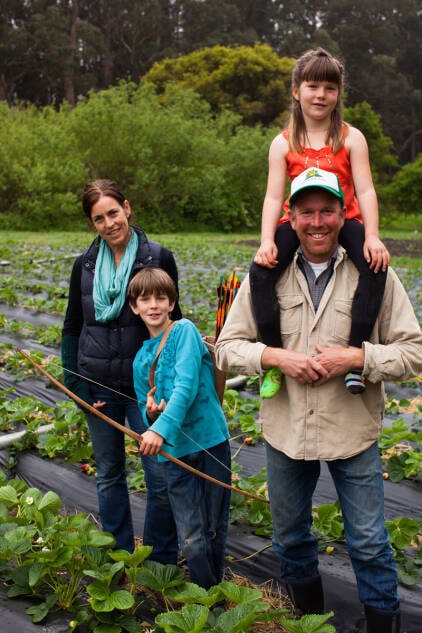

Started from the bottom now we’re here
At Pie Ranch they dream big, but they get there by acting small. The problems facing our industrial food system aren’t easily fixed, and a single farm is less than a drop of water in the vast ocean. And so the people behind Pie Ranch have started building a community centered around education, training, regional partnerships. Step by step, they are expanding their circle of influence and improving their model of regenerative agriculture. Their agricultural practices give back to nature, at least as much as they take from it, and hopefully a little bit more.
The clearest example is their four-year rotation between annual crops and perennial pasture. Cows and chickens graze on rich pasture, which enriches the soil and provides a bank of fertility from which to withdraw nutrition. The organic matter and fertilizer from the animals is future food for the beets. Other ecosystem benefits become increased water-holding capacity of the soils for greater resiliency during lean water years and increase in atmospheric carbon drawdown.
Jelle Steenbergen Xiao-Er Kong
Trying to nudge the world to transform from linear systems to more circular oriented societies doesn't mean things change just incrementally. These circular concepts will cause disruptions in favor of the planet, mankind and animals alike.
Circular innovations
CHANGING THE EVERYDAY
At Pie Ranch they dream big, but they get there by acting small. The problems facing our industrial food system aren’t easily fixed, and a single farm is less than a drop of water in the vast ocean. And so the people behind Pie Ranch have started building a community centered around education, training, regional partnerships. Step by step, they are expanding their circle of influence and improving their model of regenerative agriculture. Their agricultural practices give back to nature, at least as much as they take from it, and hopefully a little bit more.
The clearest example is their four-year rotation between annual crops and perennial pasture. Cows and chickens graze on rich pasture, which enriches the soil and provides a bank of fertility from which to withdraw nutrition. The organic matter and fertilizer from the animals is future food for the beets. Other ecosystem benefits become increased water-holding capacity of the soils for greater resiliency during lean water years and increase in atmospheric carbon drawdown.
Started from the bottom now we’re here
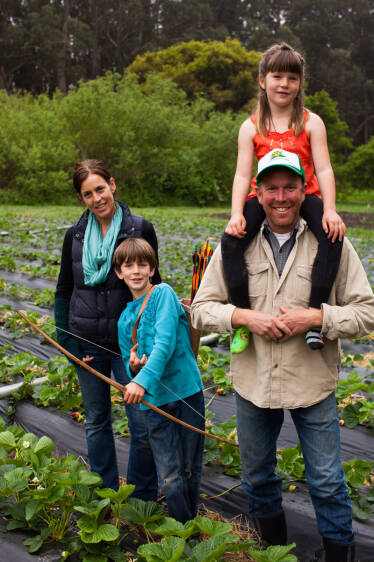
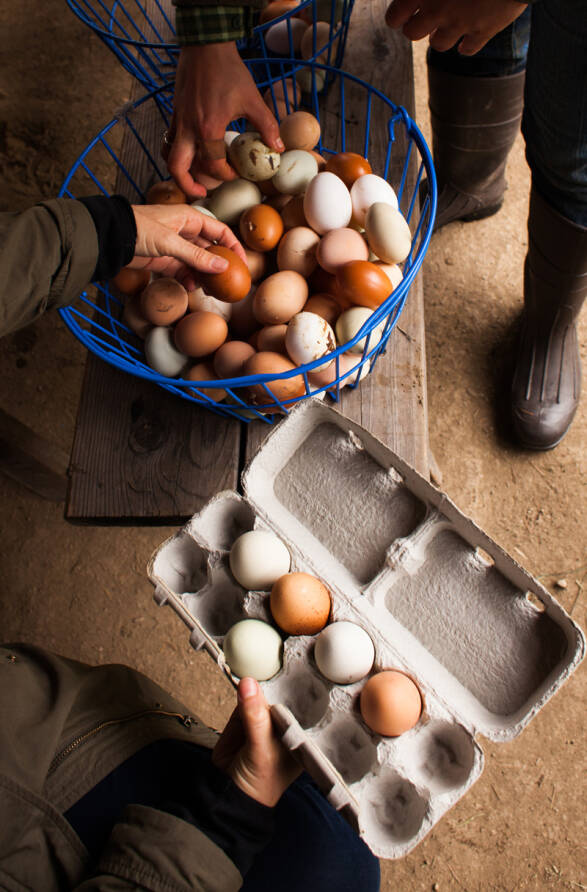
The minds at the Wyss Institute at Harvard have developed the world’s first 100% biodegradable plastic intended for mass production. They call it Shrilk, because it is made from shrimp shells and silk protein. The potential for replacing plastic is already staggering, but the truly revolutionary applications are in the medical field.
Shrilk can be used to create implantable structures that can enhance the healing of wounds or regrowing tissue. It can also serve the same purpose when it comes to shaping vat grown meat, for example, so a steak from a lab can look, feel, and taste identical to the same cut from a real cow. While there are other bioplastics available, Shrilk looks to be the first one able to hold complex three-dimensional shapes, and that’s what makes to so promising.
Shrimp + silk = plastic revolution
(Click on 'CC' to turn on the subtitles)
The Dutch visionary architect Thomas Rau and Turntoo Services believe in turning everyday products into a service, where the producers have the ultimate responsibility to maintain, repair, and reuse the products they make. Shifting over to this model makes good financial sense as well, because of the long term stability offered by service contracts.
One idea to help companies everywhere implement these circular principles is the ‘material passport’ for every product. This detail is exactly what resources go into making it. That way, no matter what happens to it, there will always be a clear indication of how to best reuse and repurpose any given product at the end of its life cycle.
Papers, please
Plastic is a problem, and just getting rid of straws won’t get us where we want to go. The Skipping Rocks Lab have devised a solution that they think will go a lot further. If nothing else, it catches the eye. The Ooho! is an edible water bottle. Or rather, a bulb. Made out of plants and seaweed, biodegradable, and edible, the Ooho is cheaper than plastic and uses nine times less energy than traditional PET bottles. Sure, it looks weird now, but in the future, we wouldn’t be surprised to see this become a new standard.
Eat your water
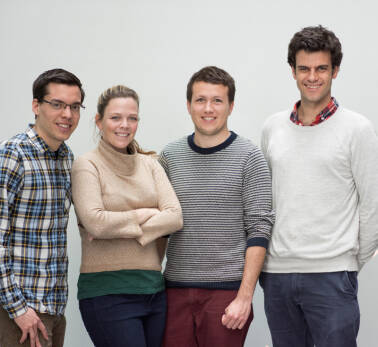
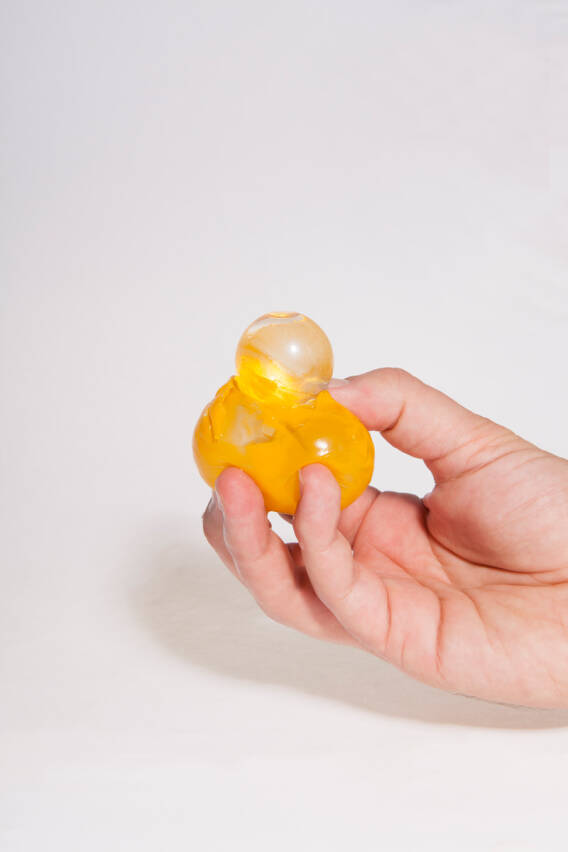
Jelle Steenbergen Xiao-Er Kong
Trying to nudge the world to transform from linear systems to more circular oriented societies doesn't mean things change just incrementally. These circular concepts will cause disruptions in favor of the planet, mankind and animals alike.
Circular innovations
CHANGING THE EVERYDAY




